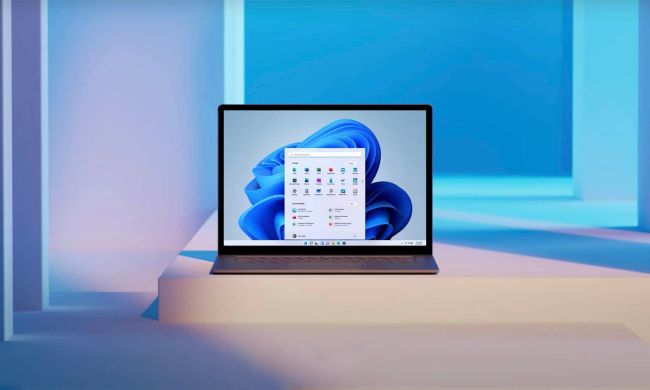Microsoft is testing a task overflow bar in Windows 11 that works much like the stacks feature in MacOS.
The feature is now available in the Windows 11 Insider Preview Build 25163, which rolled out to the Dev Channel on Thursday. The overflow makes it so that when you have more apps open than can fit in the taskbar, they are stored in their own section, which can be accessed via an ellipses icon (…) on the bottom-right section of the screen. You can click the icon to view, access, or close the still-running apps that no longer fit on the crowded taskbar.

The feature serves as an optimized version of an old Windows feature, which truncated overflow apps into a single icon and triggered the need to utilize keyboard shortcuts such as Alt-Tab to access the hidden apps, PCWorld noted.
While this updated version of the task overflow bar is a lot easier to understand and use, it’s not a guaranteed feature for a public build, as it is currently still at the developer’s testing level. Nevertheless, Microsoft has been looking for ways to improve the access and functionality of its system.
The only difference between the task overflow bar and Apple’s stacks feature in MacOS is the latter is a general folder for files that opens in a stylistic way to show content. Meanwhile, Microsoft’s feature opens to show the icons of currently running apps, the publication added.
The feature can also potentially be compared to the Recent apps add-on that is a part of the Your Phone feature on Windows 11, which allows you to view the apps recently accessed through your phone on your computer desktop. You can select the “Your Phone” icon through the Windows System Tray on the taskbar, which pops up in a small folder, similar to the apps from the ellipses icon (…). Then you can access the last three viewed apps from your phone, which you can then project onto your desktop.
This is one feature that was widely popular during its testing phase that made it onto the Windows 11 public update.



